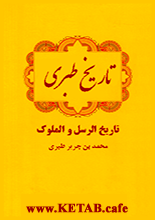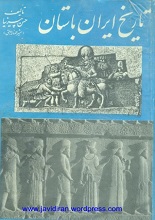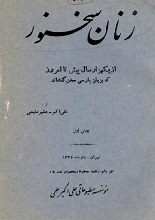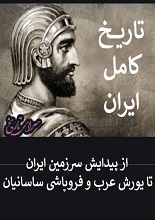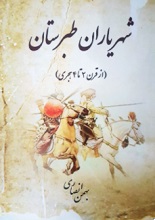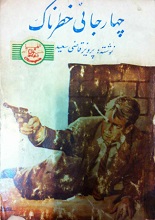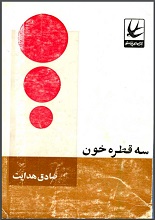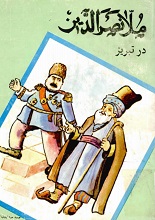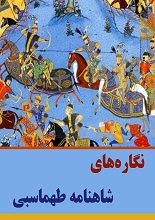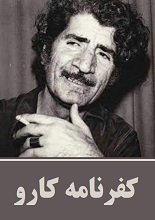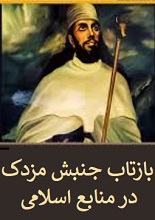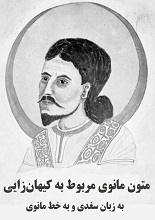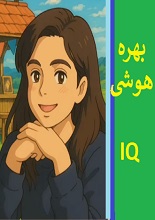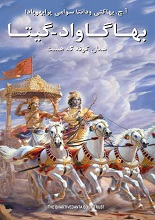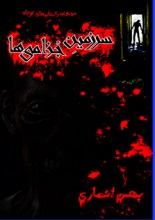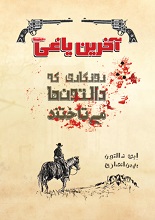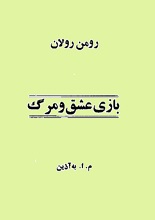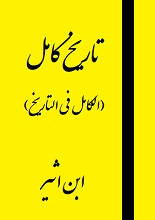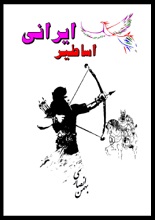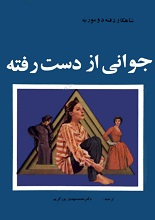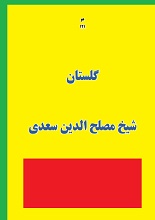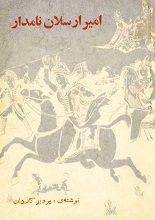For the museum man there are, quite irrespective of period and place of origin, two general groups of objects. One is comprised of monumental works: architectural components, large sculptures, altarpieces, carpets, tapestries. Often very striking, these are certainly the eye-catching objects in the galleries. The other group is represented by small portable objects, often of a de luxe nature: devotional pictures, pieces of jewelry, manuscripts. Objects of this group need a closer scrutiny to be fully understood and appreciated, but then their exquisite workmanship, refinement, and many subtle aspects all join to provide a truly thrilling experience. It sometimes happens that the art of an entire period is focused in just such a small marvel of creation. When a particular work of art crystallizes an entire epoch for us, physical size ceases to matter.
Iranian painting-which means specifically miniature painting in books-has always been regarded as one of the most original and exquisite forms of the pic- torial arts, and indeed its style is unique. Were one to look for an art object to epitomize Iranian art and provide the ideal artistic experience that only a true masterpiece can give, one could find none better than the manuscript known today as the Houghton Shah-nameh. Prepared for a king during one of the greatest periods of Iranian art, it is clearly one of the finest Islamic manuscripts ever cre- ated. It seems wonderfully appropriate that this manuscript should serve as the Metropolitan Museum’s offering in saluting the Iranian people in celebration of the 2500th anniversary of their great country-a country that has always played an important role in history and has ever been in the vanguard of the human endeavor to expand the range and heighten the quality of cultural achievements. Our showing of the choicest paintings to be found in the manuscript is a very special artistic privilege, heightened further because it is offered by a most loyal friend of the Museum, Arthur A. Houghton, Jr., Chairman of the Board of Trustees. Not only has he made our exhibition possible, he has very generously presented to the Museum seventy-eight of the book’s miniatures, a group that represents its wide artistic range.
We are grateful to Stuart Cary Welch, Curator of Indian and Islamic Painting, Fogg Art Museum, Harvard University, for the present informative account of
the Houghton Shah-nameh, which he consented to write at the request of Richard Ettinghausen, Consultative Chairman of the Museum’s Department of Islamic Art. Long a student of Islamic art, Mr. Welch is particularly qualified for his task because he has studied the manuscript for years, preparing a major publication on it in collaboration with Martin Bernard Dickson of Princeton University. Publica- tion of the present book has been made possible in part by funds provided by His Excellency Dr. Amir Aslan Afshar, the Ambassador of Iran in Washington, on behalf of the Imperial Government of Iran. I also mention gratefully the helpful role played by Ralph E. Becker, President of the Iran-America Society.
در کافهکتاب بخوانید:
تراژدی بردیا
پیشگیری و درمان طبیعی سرطان
جهانبینی اسلامی
درفش ایران و شیر و خورشید
افسانه و تاریخ کوراوغلو
Contents
- Statement by Amir Aslan Afshar
- Forward
- Acknowledgments
- A King’s Book of Kings
- Pages from the HOUGHTON SHAH-NAMEH
- Checklist of paintings in the HOUGHTON SHAH-NAMEH
- Bibliography of Safavid Painting
Download PDF of A King’s Book of Kings (the Shah-Nameh of Shah Tahmasp) Book
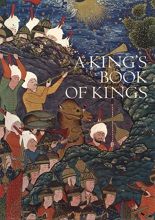
برای دانلود این کتاب، ابتدا باید عضو سایت بشوید.
پس از عضویت، لینک دانلود این کتاب و همهی کتابهای سایت برای شما فعال میشوند.
(قبلا عضو شدهاید؟ وارد شوید)

